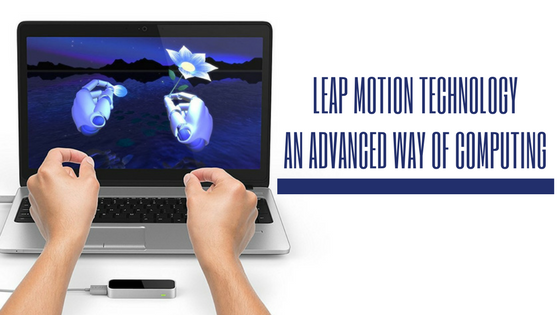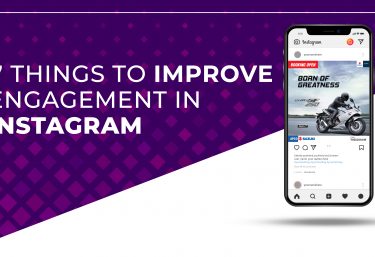Future of computing is now in the hands of Leap Motion Technology, which can be called the window for next-generation computing. It is entirely a new way to interact with computers. It is a combination of 3D mathematical approach, touch-free motion sensing, and motion control software.It was brought forward by Michael Buchwald and David Holz and has been paving its way since 2013.Through leap motion technology, we can say goodbye to keyboard and mouse of a computer. It beholds the idea of motion detection in which the changes in the position of the object relative to surroundings are detected. In this, a sensing device is connected to the computer via USB port.This device can detect even the minute sensations and movements. Leap motion technology is considered to be 200 times more sensitive than the already existing touch-free technologies and is more sensitive than a touchscreen and consumes only 1-2% of Central Processing unit.
Through leap motion, the user can sit in front of the system and operate/ control the system with the help of his/her hands and finger or gestures. In this technology, 2 VGA cameras and two infrared LEDs are being used to capture in-depth information. The connected sensitive device can observe a roughly hemispherical area up to a distance of 1 meter.It can also track natural fingers, hands, gestures and other devices including pens, pencils etc present in the observed hemispherical area. The driver software in this technology remains in the same area, where the sensor has detected the user’s fingers/ hand. The position will be examined using complex mathematical formulas. The sensor can update position typically 215 times per second.
Leap motion technology can be used for navigating and browsing web pages, Make precise 2D and 3D drawings, Computer games, Computer-aided designings, Digital signature etc.
This technology, written by lines of codes in hundreds, is able to analyze and distinguish even the minor objects in the hands of the users, so as to enable an easy interaction in the 3D space. It does not need any touching or any other methods to recognize the kind of activity it needs to perform. It is most secure and accurate in using and so is being anticipated to be preferred by people all over the globe.






